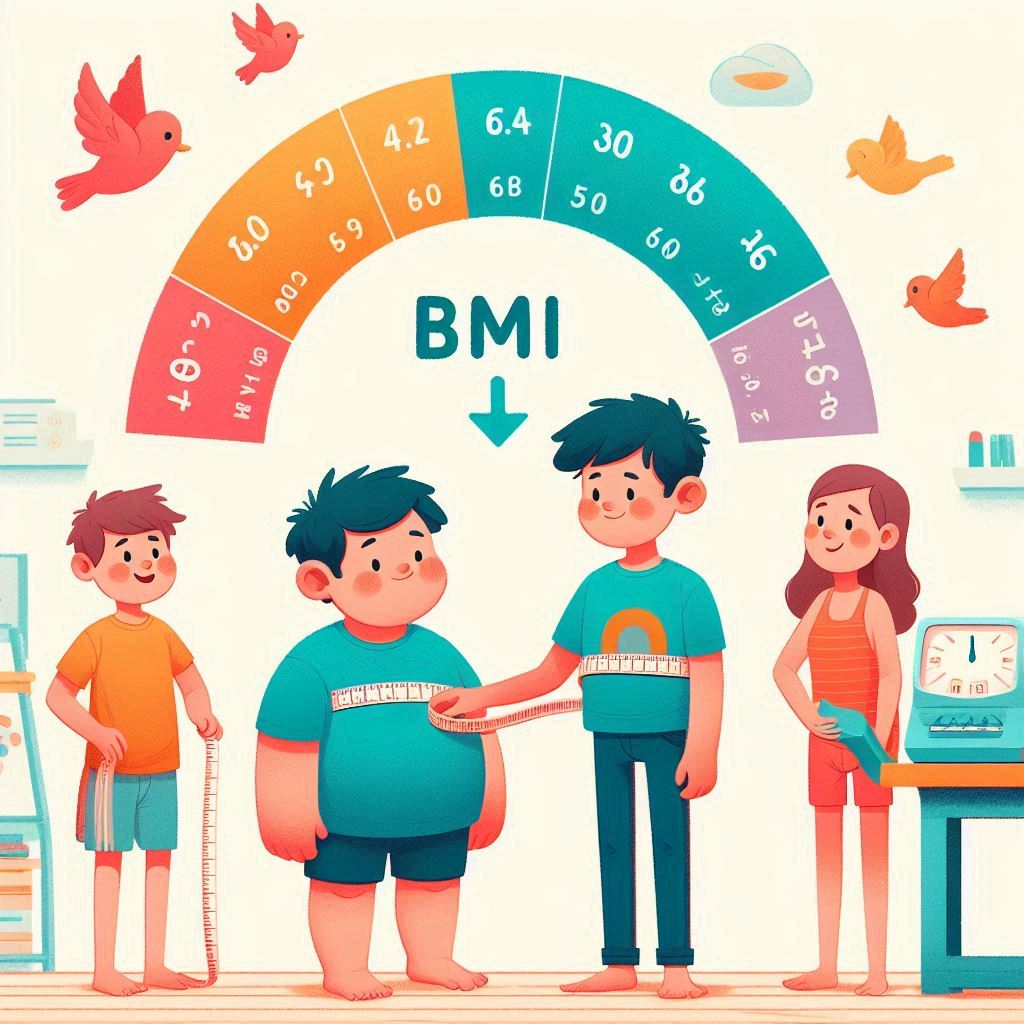The rise in childhood obesity has led to increased interest in weight loss drugs for children. With obesity rates soaring, many parents and healthcare professionals are exploring pharmaceutical options to help children lose weight. However, questions remain about the safety, effectiveness, and long-term impact of these medications. This article explores the benefits, risks, and alternatives to weight loss drugs for children.
Understanding Childhood Obesity
Childhood obesity is a major health concern worldwide. According to the World Health Organization (WHO), the number of overweight children has increased dramatically in recent decades. Childhood Obesity Obesity in children can lead to serious health conditions such as diabetes, high blood pressure, heart disease, and psychological issues like low self-esteem and depression.
The primary causes of childhood obesity include:
- Poor dietary habits (excessive consumption of junk food, sugary drinks, and processed foods)
- Lack of physical activity
- Genetic factors
- Hormonal imbalances
- Psychological factors like stress or emotional eating
Since obesity can lead to severe health complications, many parents seek medical interventions, including weight loss medications.
Weight Loss Drugs for Children: How Do They Work?
Weight loss drugs are typically designed to help reduce appetite, block fat absorption, or increase metabolism. However, they are generally recommended only for children with severe obesity who have not responded to traditional weight loss methods such as diet and exercise.
There are currently a few weight loss medications that have been approved by regulatory agencies for use in children. Some of the most common ones include:
1. Orlistat (Xenical, Alli)
Orlistat works by blocking the absorption of fat in the intestines. It is approved for use in adolescents aged 12 and older. However, it can cause digestive side effects like diarrhea and stomach pain.
2. Liraglutide (Saxenda)
Liraglutide is an injectable medication that helps control appetite and reduce calorie intake. It is approved for children aged 12 and above who have obesity-related health conditions.
3. Phentermine-Topiramate (Qsymia)
This medication is sometimes prescribed off-label for adolescents, but its use is limited due to potential side effects like increased heart rate and mood changes.
4. Setmelanotide (IMCIVREE)
Setmelanotide is approved for children as young as six, but only for those with specific genetic conditions that cause obesity.
Risks and Side Effects
While weight loss drugs can be effective, they come with potential risks and side effects. Some of the common side effects include:
- Nausea, vomiting, or diarrhea
- Increased heart rate or high blood pressure
- Mood swings or depression
- Nutrient deficiencies due to reduced food absorption
Long-term effects are still not fully understood, and there is concern that reliance on medication could prevent children from developing healthy lifestyle habits.
Are Weight Loss Drugs the Right Choice?
Weight loss drugs should not be the first solution for childhood obesity. Instead, they should be considered only when traditional weight loss methods have failed and when obesity is causing severe health issues. Doctors usually recommend a combination of lifestyle changes, behavioral therapy, and medication if necessary.
Parents should consider the following before opting for weight loss medication:
- Is the child’s obesity severe and affecting their health?
- Have all non-medical weight loss strategies been tried?
- What are the potential risks and benefits of the drug?
- Is the child mentally prepared for the medication’s effects?
Alternative Approaches to Childhood Obesity
Before considering medication, parents should focus on natural and long-term solutions such as:
1. Healthy Diet
A well-balanced diet rich in fruits, vegetables, lean proteins, and whole grains is essential for weight management. Avoiding sugary drinks and processed foods can also help.
2. Regular Physical Activity
Encouraging children to participate in physical activities such as sports, dancing, or cycling can help them stay active and burn calories.
3. Behavioral Therapy
Counseling or therapy can help children develop healthy eating habits and manage emotional eating.
4. Family Support
Parental involvement is crucial in ensuring children adopt a healthy lifestyle. Creating a supportive home environment can make a significant difference.
Conclusion
Weight loss drugs for children should be used only as a last resort and under strict medical supervision. While these medications can be helpful for children with severe obesity, they are not a substitute for a healthy lifestyle. Parents and healthcare providers should focus on promoting Weight Loss Drugs for Children choices, physical activity, and behavioral changes before considering medication. By prioritizing long-term lifestyle modifications, children can achieve sustainable weight loss and improved overall health.

